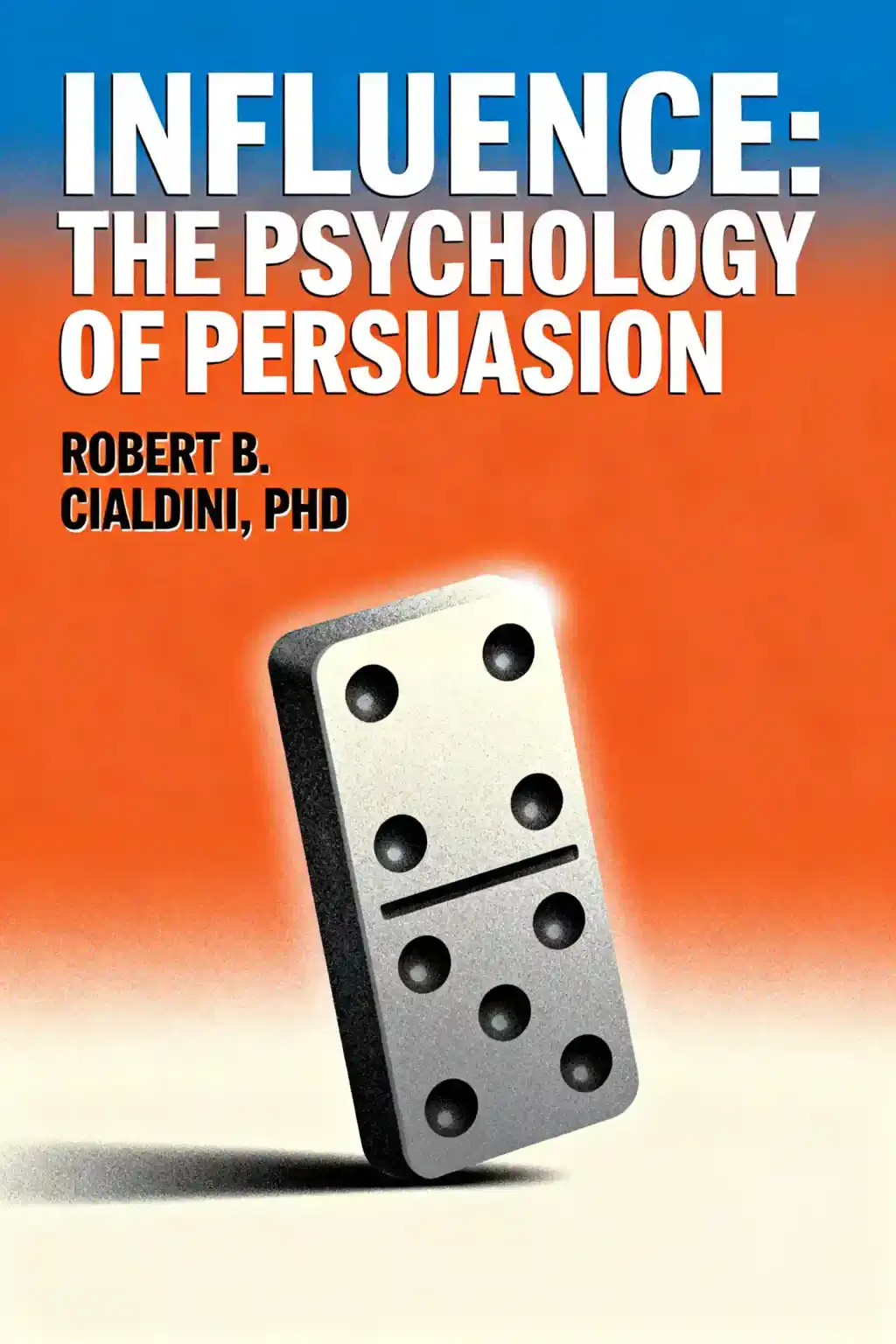What is The McKinsey Mind about?
The McKinsey Mind by Ethan M. Rasiel and Paul N. Friga is a hands-on guide to implementing the problem-solving methodologies and management techniques used by McKinsey & Company consultants. Unlike its predecessor The McKinsey Way, this book goes beyond case studies to provide step-by-step instructions, exercises, and practical tools for applying structured problem-solving frameworks to real business challenges. The book covers framing problems, designing analysis, gathering data, interpreting results, presenting ideas, and managing teams and clients.
Who are the authors of The McKinsey Mind?
Ethan M. Rasiel is a former McKinsey & Company consultant who worked in the New York office, serving clients in finance, telecommunications, computing, and consumer goods. He holds an MBA from the Wharton School at the University of Pennsylvania and previously worked as an equity fund manager and investment banker. Co-author Paul N. Friga worked at McKinsey's Pittsburgh office on projects involving international expansion, acquisitions, and strategic planning. Together, they combine practical consulting experience with actionable business insights in The McKinsey Mind.
Who should read The McKinsey Mind?
The McKinsey Mind is ideal for business executives, managers, consultants, and MBA students seeking to improve their strategic thinking and problem-solving capabilities. Professionals facing complex business challenges, leading organizational change initiatives, or managing consulting projects will benefit from the structured methodologies presented. The book serves both as a standalone guide for those new to McKinsey techniques and as a companion to The McKinsey Way for readers wanting deeper, more actionable implementation strategies.
Is The McKinsey Mind worth reading in 2025?
The McKinsey Mind remains valuable more than two decades after publication because it teaches timeless problem-solving frameworks that apply across industries and business contexts. The structured approaches—including MECE principles, hypothesis-driven thinking, and data-based decision-making—are foundational skills that remain relevant despite evolving business landscapes. While technology and consulting practices have advanced, the core methodologies for breaking down complex problems, structuring analysis, and communicating insights effectively continue to provide practical value for modern business professionals.
What is the MECE principle in The McKinsey Mind?
The MECE principle in The McKinsey Mind stands for Mutually Exclusive, Collectively Exhaustive, a framework for breaking down problems into distinct, non-overlapping components that cover all possibilities. Ethan M. Rasiel and Paul N. Friga emphasize applying MECE when framing problems to ensure comprehensive analysis without redundancy. This structured approach helps consultants and business professionals organize their thinking, avoid gaps in analysis, and present solutions clearly to stakeholders.
What is the hypothesis-driven approach in The McKinsey Mind?
The hypothesis-driven approach in The McKinsey Mind involves forming an initial hypothesis based on limited information to guide research and analysis efficiently. Rather than exploring all possibilities, Ethan M. Rasiel and Paul N. Friga advocate using issue trees to break down hypotheses into testable sub-issues. This method saves time by focusing efforts on proving or disproving specific assumptions while remaining flexible enough to adjust hypotheses as new data emerges.
How does The McKinsey Mind teach problem-solving?
The McKinsey Mind teaches problem-solving through a structured, multi-stage process that includes framing the problem, designing analysis, gathering data, interpreting results, and presenting ideas. Ethan M. Rasiel and Paul N. Friga provide step-by-step instructions, real-world examples, parables, and practical exercises throughout the book. Unlike theoretical business texts, The McKinsey Mind functions as an actionable toolkit that readers can immediately apply to their organizational challenges, making abstract consulting methodologies accessible and implementable.
What is the difference between The McKinsey Way and The McKinsey Mind?
The McKinsey Way uses case studies and anecdotes to describe how McKinsey consultants solve business problems, while The McKinsey Mind provides hands-on, step-by-step implementation guidance. Ethan M. Rasiel's first book explains what McKinsey does; The McKinsey Mind co-authored with Paul N. Friga shows readers how to actually use McKinsey tools and techniques in their own organizations. The books can work together as complementary resources or independently, with The McKinsey Mind offering more practical exercises and actionable frameworks.
What are the key takeaways from The McKinsey Mind?
The McKinsey Mind emphasizes four core takeaways: structured problem-solving using frameworks like MECE, hypothesis-driven approaches for efficient decision-making, balancing fact-based analysis with intuition, and effective communication through clear presentations. Ethan M. Rasiel and Paul N. Friga stress the importance of breaking down complex problems into manageable components, formulating testable hypotheses, and refining analysis iteratively as new insights emerge. These techniques combine to create a comprehensive methodology for strategic thinking and business problem-solving.
How can The McKinsey Mind help with strategic consulting projects?
The McKinsey Mind helps with strategic consulting projects by providing proven frameworks for managing every phase from problem definition through client implementation. The book covers essential consulting skills including team management, client relationship handling, data gathering strategies, and presentation techniques that Ethan M. Rasiel and Paul N. Friga learned at McKinsey & Company. Consultants can apply the structured methodologies to improve project efficiency, enhance analytical rigor, and increase stakeholder buy-in for recommended solutions.
What management techniques does The McKinsey Mind cover?
The McKinsey Mind covers management techniques across three critical dimensions: team management, client management, and self-management. Ethan M. Rasiel and Paul N. Friga dedicate separate sections to leading consulting teams effectively, navigating client relationships and expectations, and maintaining personal productivity under pressure. The book provides practical guidance on delegation, communication, stakeholder engagement, and work-life balance that extends beyond technical problem-solving skills to address the interpersonal dynamics of successful consulting engagements.
What are common critiques of The McKinsey Mind?
While The McKinsey Mind provides valuable frameworks, some critics note that it reads like a basic MBA textbook with content that may feel familiar to business school graduates. The book's 2001 publication date means certain examples and data-gathering techniques predate digital transformation and modern analytics tools. Additionally, the structured McKinsey methodology, while powerful, may feel overly rigid for creative problem-solving contexts or dynamic startup environments that require more agile, experimental approaches rather than hypothesis-driven consulting frameworks.



















